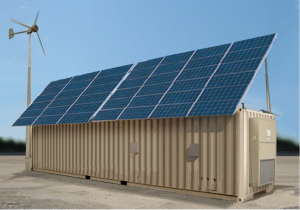I’m so passionate about a concept that I have that I’m confident that a million dollar investment would turn the funds back over so quickly that it would make your head spin. I want to be able to mass produce C.O.Y.O.T.Es
C = Containers
O = Overproducing
Y = Yielding
O = Off-the-Grid
T = Transactional – Peer-to-Peer transactions. So, my house has sun right not and I’m at work. I should be able to off set my neighbor with my excess by trading or transacting with them. i.e. selling them my excess and saving them power
E = Energy
If you refer back to my previous blog, found here https://pathtowarren.com/brainstorming-solar-empowered-shipping-containers/, I sharpened my pencil and provide several examples of what is currently being done around the world. Here I want to touch this concept further.
https://www.energy.gov/eere/buildings/downloads/transactional-network
Discussions about the future decentralized electricity market include concepts such as transactive energy, energy hub, transmission & distribution coordination, and distributional market pricing. As the advent of the smart grid approaches, the design of a realizable market paradigm that can integrate the wholesale market with the retail market and individualized customers calls for solution. This article provides a summary of the insights achieved to date into the transmission/distribution/customer hierarchy, with a focus on the relation between transactive energy and distribution marginal pricing; it also addresses the ongoing challenges and provides suggestions for future work. https://www.sciencedirect.com/science/article/pii/S1040619019300156




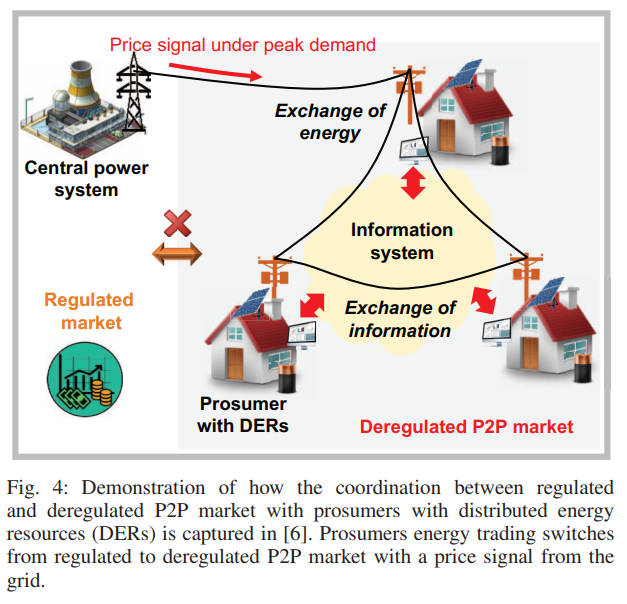
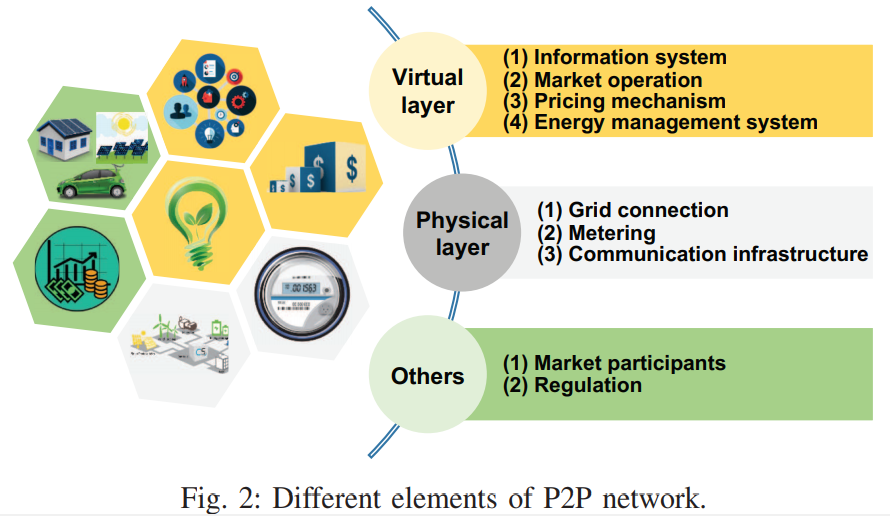

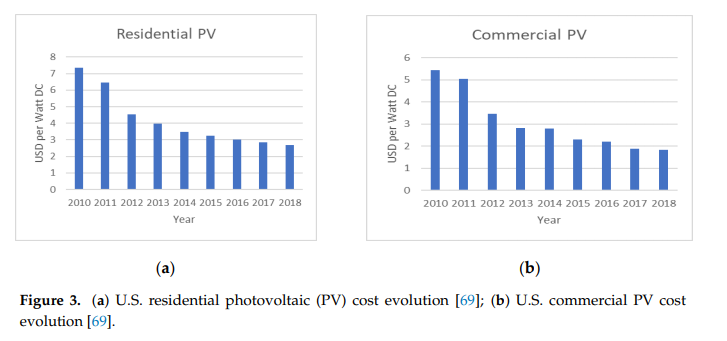

Abbreviations
AMI Advanced metering infrastructure
BESS Battery energy storage system
CAISO California Independent System Operator
CPP Critical peak pricing
DB Demand bidding/buyback
DER Distributed energy resource
DG Distributed generation
DLMP Distribution locational marginal price
DR Demand response
DSO Distribution system operator
EDR Emergency demand response
ESS Energy storage system
E.U. European Union.
IBC Increasing block price
IDSO Independent System Operator
IEMS Intelligent energy management system
ISO Independent system operator
LM Load management
LMP Locational marginal price
LSE Load serving entity
NWA Non-wire alternative
SGT Smart grid technology
PEV Plug-in electric vehicle
PV Photovoltaic
REV Reforming the energy vision
RTO Regional transmission operator
RTP Real-time pricing
SMS Smart metering system
TOU Time of use
UDSO Utility distribution system operator
V2G Vehicle-to-grid
The retail electricity market worldwide is changing due to the increasing integration of DERs in the distribution grid, the development of innovative SGTs, and the necessity to ensure the reliability, resilience, and efficiency of transmission grids, and provide new services and functionalities to retail
market agents. A comprehensive vision of the next-generation retail electricity market in the context of DERs has been presented. The proposed
vision described the main technical and regulatory characteristics, challenges, opportunities, and needs that will arise as passive customers provided with DERs become active agents in the electricity market. In addition, a framework of integrating retail and wholesale markets and the main roles and responsibilities of retail market agents under the proposed vision and framework have also been presented and discussed.
In particular, this work highlighted the necessity of new regulatory
approaches to establish new business models with decentralized markets for DERs and the expected technology advances and infrastructure upgrades required to allow a reliable and efficient integration
of DERs. These two points are the big challenges to reach the proposed vision and framework since they require concerted efforts and collaboration from different stakeholders. Government agencies,
LSEs, energy policy makers, DER agents, and technology providers must agree on a common strategy to start the shift towards an efficient, flexible, sustainable, and decentralized retail electricity market.
Through this way, DER agents will have active participation in the electricity market, and DERs will be used more efficiently in a competitive way. Therefore, more research, development, and practical initiatives are needed to make this vision and framework partially or fully implementable to ensure Energies 2019, 12, 491 19 of 24 the social welfare of market agents as well as to maximize the technical benefits of DERs to both distribution and transmission grids.
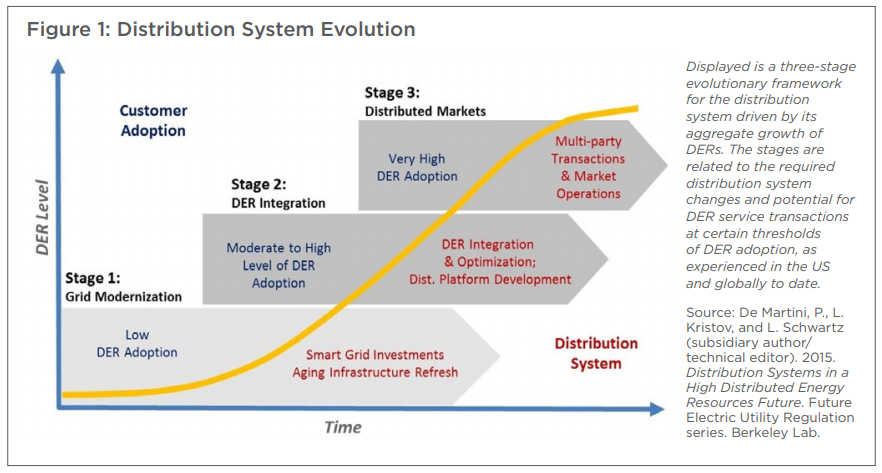
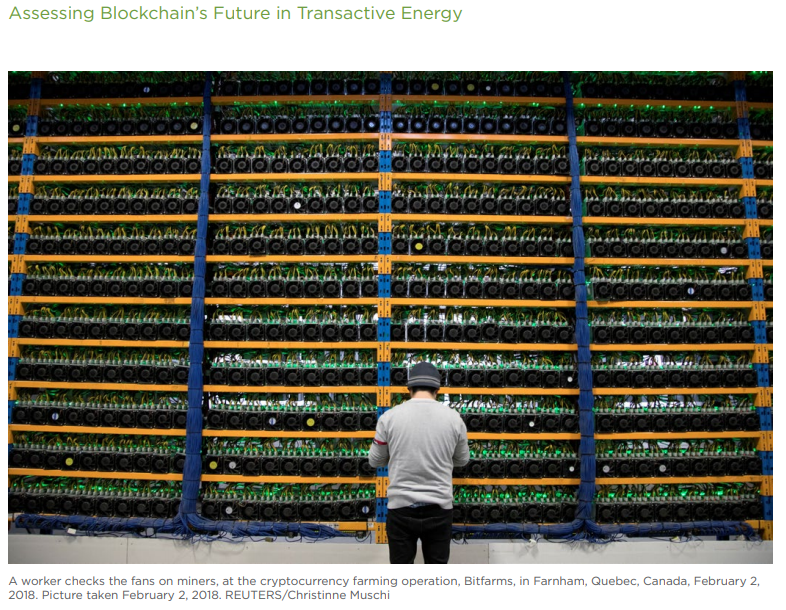



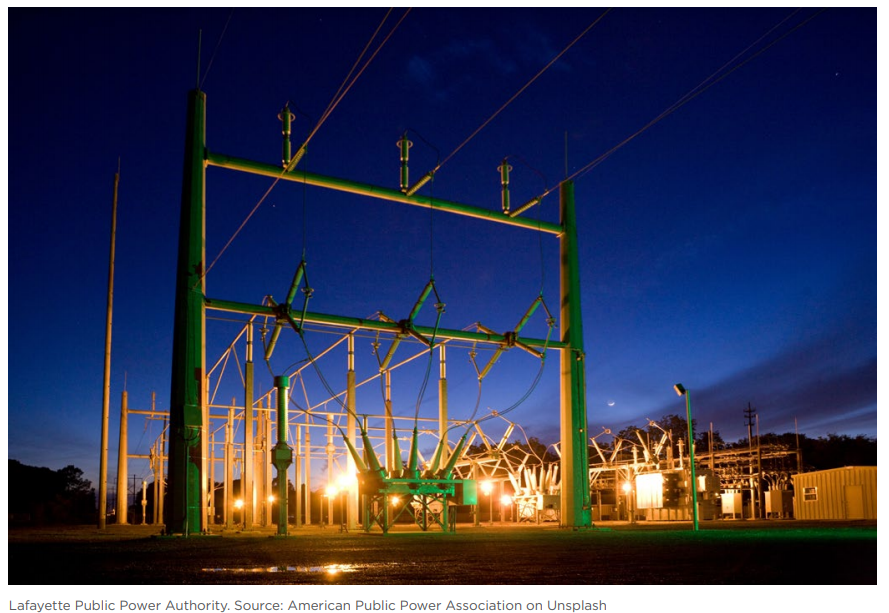
Storing sensitive grid data publicly is a clear impossibility: the ambitions of US adversaries to identify and exploit vulnerabilities in its power distribution networks are well known. Energy data must therefore be encrypted on the blockchain, but in such a way that it can be validated by the network and visible to the market.
For a centralized market to be run on-chain, via smart contracts, it must operate on encrypted customer energy and financial data, as well as sensitive grid state data, without publicizing it.
Blockchain’s decentralized ledger control, in fact, has no direct relation or contribution to the kind of intelligent grid and energy market management required for transactive energy, which may ultimately limit its usefulness as a platform.
The decentralized control fundamental to transactive energy is analogous to the decentralized consensus of blockchain, and both share the aim of opening and democratizing markets.
The degree to which blockchain shares the transactive energy ethos of democratization and decentralization is unmistakable, suggesting that blockchain might be the means to transactive energy’s end.
